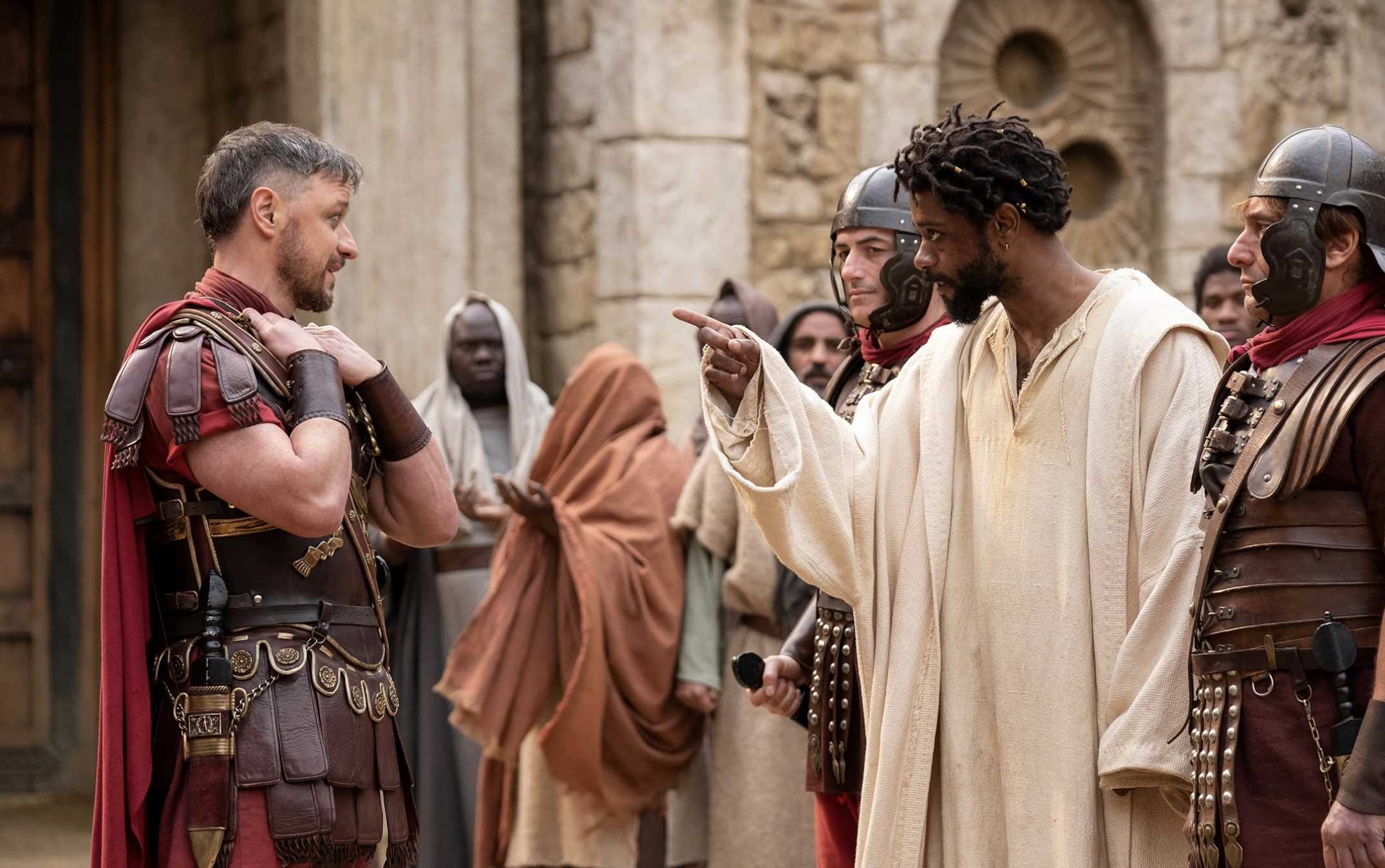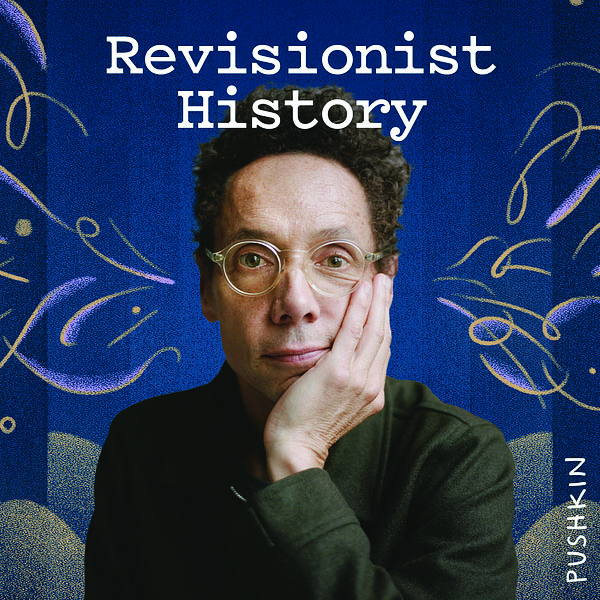
Jeymes Samuel’s new movie “The Book of Clarence” beautifully modernizes a classical Biblical story. Inspired by vintage Hollywood epics, the film gives a historical perspective of faith with an intriguing twist.
The story begins with a lost and lonely man named Clarence (LaKeith Stanfield). Troubled with debt, he attempts to gain power and wealth by pretending to be a messiah, a savior who was praised by followers of Christianity.
He embarks on a trip around Jerusalem, claiming he is the new messiah in order to profit off of those who would put trust in him. Despite his initial intentions, he frees slaves and commits other noble acts, leading him to gain an actual benefit from the experience.
However, because of his false identity, he is oppressed by religious followers, as his actions were misleading and offensive. He is eventually crucified on a cross to pay for his crime.
His death is brutal and torturous, but in the process, he finds true faith and peace. The experience leads him to explore a sense of self and gratitude for life.
The idea of positive transformation and self exploration is really well executed. This is beautifully done in the acting of the main character by showing the reversal of his intentions and motive from bad to good.
The movie offers a revealing and realistic window into the first century. The film’s cast was portrayed mainly by people of color, who are rarely recognized in adaptations of Biblical stories. Through this, Samuel’s film portrays a more historically accurate society of diverse individuals while also being refreshing for a modern audience.
One aspect that particularly stood out to me was the casting. Each actor captures their character perfectly, and every individual helps create a cohesive plot line.
I was especially impressed by Stanfield’s acting range; he was able to portray the wider range of emotions his character was enduring. He also draws the audience in by including many humorous moments that tie satire into a traditional topic.
Furthermore, I really enjoyed Samuel’s style of filmmaking, which combined his brilliant casting and ability to capture color and light in a cohesively alluring way.
The camera work was very professional, and each scene had a specific color scheme that was very consistent with the mood in the moment.
My first impression of the movie was immediately feeling wonderstruck. The color and emphasis in the camera work was extraordinary and created a remarkable overall image. With historically accurate backgrounds of sand housing and ancient architecture, the film felt authentic. The costumes were beautifully made to fit the period and truly convey the ideas of Biblical interpretation.
Tying everything in the film together, Samuel put such detail into the song choices by writing his own specific music for each scene, enhancing the overall experience in general.
The unique religious ideas presented also stood out to me, and the film is great for anyone who enjoys different interpretations of the Bible; it introduced a refreshing alternative view of faith.
My favorite scene is definitely the end, when the main character endures an event that gives him the life-altering realization that faith and religion could bring him safety and happiness. Regardless of belief, the scene is so well-executed and appealing to the audience, and it was such a reflective and beautiful moment.
Overall, I would highly recommend this film to anyone looking for a good, entertaining movie to watch, as it is so wonderfully written and executed. Filled with comedic relief, shock and moments of reflection, the film is interesting and engaging on many levels.















